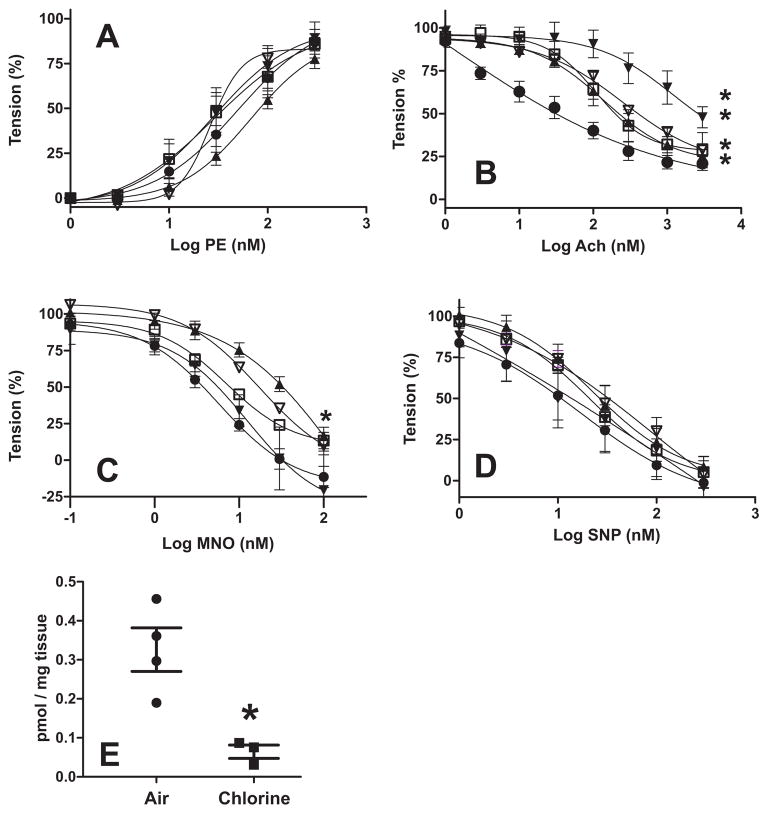Figure 1. Effects of Cl2 gas exposure on pulmonary artery vasoactivity.
The pulmonary artery was collected from air exposed rats (●) or from rats at various times (□ 6h; ▲ 24h, ▼ 48h, ∇72h) post Cl2 exposure (400ppm, 30min) and cumulative dose-dependent responses to PE (Panel A), Ach (Panel B), MNO (Panel C) and SNP (Panel D) determined. For MNO and SNP vasodilation was determined after pre-constriction with PE. Data show mean ± SEM. Replicates = 5 (control), 5 (6h), 8 (24h), 4 (48h), 2 (72h). Each replicate denotes a different animal, with responses from 2–3 individual PA segments per animal averaged. 2-way RM-ANOVA (P<0.05) with Bonferonni post-tests (*P<0.05) indicated significant differences for Ach-dependent vasodilation between air exposed and 6h, 24h, 48h post-Cl2 exposure. 2-way RM-ANOVA (P<0.05) with Bonferonni post-tests (*P<0.05) indicated significant differences for MNO-dependent vasodilation between air exposed 24h post-Cl2 exposure. For PE-dependent contraction and SNP-dependent vasodilation, no post-test significance between control and any time post-Cl2 exposure was observed (P = 0.55 for PE and P = 0.67 for SNP). Lines show best fit non-linear regression using sigmoidal with variable slope algorithm. Panel E shows A23187-dependent formation of nitrite (normalized to tissue weight) from pulmonary arteries isolated 24h after exposure to air or chlorine gas (400ppm, 30min). Each replicate denotes a distinct animal. *P <0.05 by t-test.

